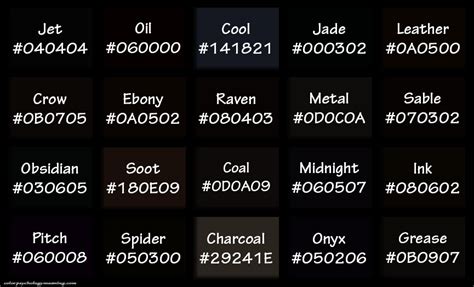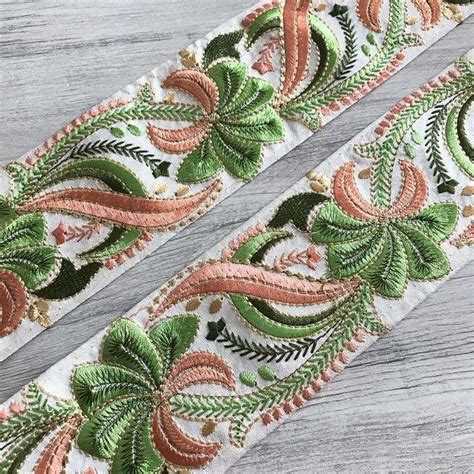Overview
The Indian lace industry is a thriving sector, with a strong export market and a growing domestic demand. In 2021, the global lace market was valued at USD 15.4 billion, and is projected to reach USD 22.3 billion by 2028, exhibiting a CAGR of 5.3% during the forecast period. India is a major player in this market, with a share of approximately 20%. The country is home to a large number of lace manufacturers, both large and small, who produce a wide variety of lace products for domestic and international markets.

Market Segmentation:
The Indian lace market can be segmented based on the following parameters:
- Type of Lace: Chemical lace, embroidery lace, crochet lace, needle lace, and machine-made lace.
- Material: Cotton, silk, nylon, polyester, and other synthetic fibers.
- Application: Apparel, home furnishings, accessories, and industrial uses.
- End-user: Domestic consumers, exporters, and manufacturers.
Key Market Trends:
- Growing Fashion Industry: The rise in the fashion industry is driving the demand for lace, as it is a versatile material that can be used in a variety of garments and accessories.
- Increasing Export Demand: India is a major exporter of lace, and the demand for Indian lace is growing in countries such as the United States, Europe, and the Middle East.
- Innovative Applications: Lace manufacturers are constantly innovating and developing new applications for lace, such as in medical devices and packaging.
- Government Support: The Indian government is providing support to the lace industry through various initiatives, such as the National Textile Policy and the Make in India program.
Challenges and Opportunities:
- Competition from China: China is a major competitor to India in the global lace market, and Indian manufacturers face challenges in terms of cost and quality.
- Technological Advancements: The lace industry is constantly evolving, and manufacturers need to invest in new technologies to stay competitive.
- Skilled Workforce: The shortage of skilled labor is a major challenge for the Indian lace industry.
- Opportunities for Growth: There are many opportunities for growth in the Indian lace industry, such as expanding into new markets, developing new products, and adopting new technologies.
List of Lace Manufacturers India
1. Alok Lace Industries: One of the largest lace manufacturers in India, with a global presence.
2. RSWM Limited: A leading manufacturer of cotton lace, with a strong export market.
3. Laxmi Lace Industries: A well-known manufacturer of embroidery lace, with a focus on the domestic market.
4. Jindal Lace Industries: A major producer of chemical lace, with a wide range of products for apparel and home furnishings.
5. Vardhaman Lace: A renowned manufacturer of nylon lace, with a strong focus on innovation and new product development.
How to Choose a Lace Manufacturer
When choosing a lace manufacturer, it is important to consider the following factors:
- Quality: The quality of the lace is paramount, so it is important to choose a manufacturer with a good reputation for quality.
- Price: The price of the lace is important, but it should not be the only factor considered.
- Variety: The manufacturer should offer a wide variety of lace products to choose from.
- Experience: The manufacturer should have a proven track record of experience in the industry.
- Customer Service: The manufacturer should provide excellent customer service, including timely delivery and responsive communication.
Latest Trends in Lace Manufacturing
The lace manufacturing industry is constantly evolving, and there are a number of new trends emerging. These include:
- Sustainable Lace: Lace manufacturers are increasingly adopting sustainable practices, such as using recycled materials and reducing waste.
- Digital Printing: Digital printing is becoming more popular in the lace manufacturing industry, as it allows for the creation of complex and colorful designs.
- 3D Lace: 3D lace is a new type of lace that is created using 3D printing technology. This lace is often used in high-end fashion and home furnishings.
Tips for Using Lace
Lace is a versatile material that can be used in a variety of applications. Here are a few tips for using lace:
- Choose the right type of lace: There are many different types of lace, so it is important to choose the right type for your project.
- Use lace sparingly: Lace can be overwhelming if used in large quantities, so it is best to use it sparingly.
- Mix and match different types of lace: You can create interesting effects by mixing and matching different types of lace.
- Be creative: There are no limits to what you can create with lace, so be creative and experiment with different ideas.
Benefits of Using Lace
Lace is a beautiful and versatile material that can add a touch of elegance to any project. Here are a few benefits of using lace:
- Adds Beauty: Lace can add a touch of beauty and sophistication to any project.
- Versatile: Lace can be used in a variety of applications, from apparel to home furnishings.
- Durable: Lace is a durable material that can last for many years.
- Affordable: Lace is a relatively affordable material, so it is a great option for projects on a budget.
